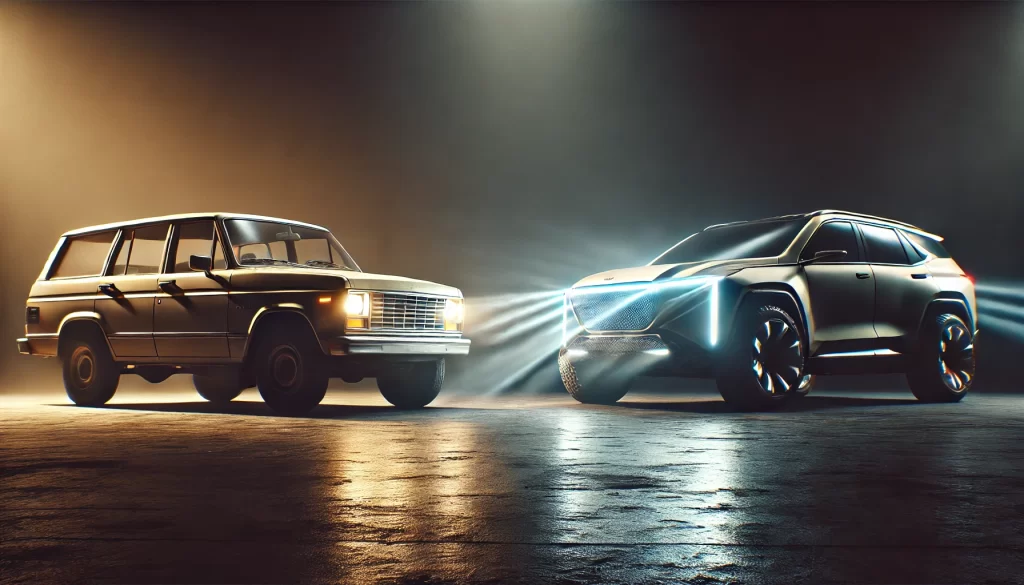
I drive an 18-year-old car. There’s no AI functionality built into it, at least that I’ve discovered.
The high beams produce about 1,700 lumens per halogen bulb. Newer cars with LED bulbs produce about 3,500 lumens for their standard beams.
So, my high beams are actually dimmer than the standard beams of modern cars.
Driving through hilly suburbia at night makes this apparent. The yellowish tinge of the halogen bulbs is no match for the piercing bluish LED light and it’s many reflective glares.
If you have astigmatism, night driving is even more challenging. Halos, streaks and blurry vision come into play.
At times, it seems safer to wear my prescription sunglasses at night. Luckily, night driving glasses exist with amber tinted lenses that are designed to filter out the LED blue light.
For some, wearing geeky glasses is not enough. Soft Lights Foundation advocates for regulations on LED lights, with an emphasis on protecting potential health harms such as migraines, seizures, and neurological issues.
Even if you have a modern car, the oncoming headlights are getting too bright. It’s a battle of LED lights.
Adaptive Driving Beam (ADB) headlights seems like the answer, and were approved by the National Highway Traffic Safety Administration in 2022 in the U.S. (The EU approved them in 2006.) This AI technology uses sensors and cameras to adjust the shape and brightness of the headlight, improving road safety and comfort.
For certain cars manufactured since 2022, the ADB option is there. But what about my 18-year-old car? That’s where I need to adapt as well and buy a new vehicle.
My car’s high beams vs. new car standard beams are like 2010 AI vs. ChatGPT — one tries its best but struggles in the dark, the other sees everything, maybe a little too well.